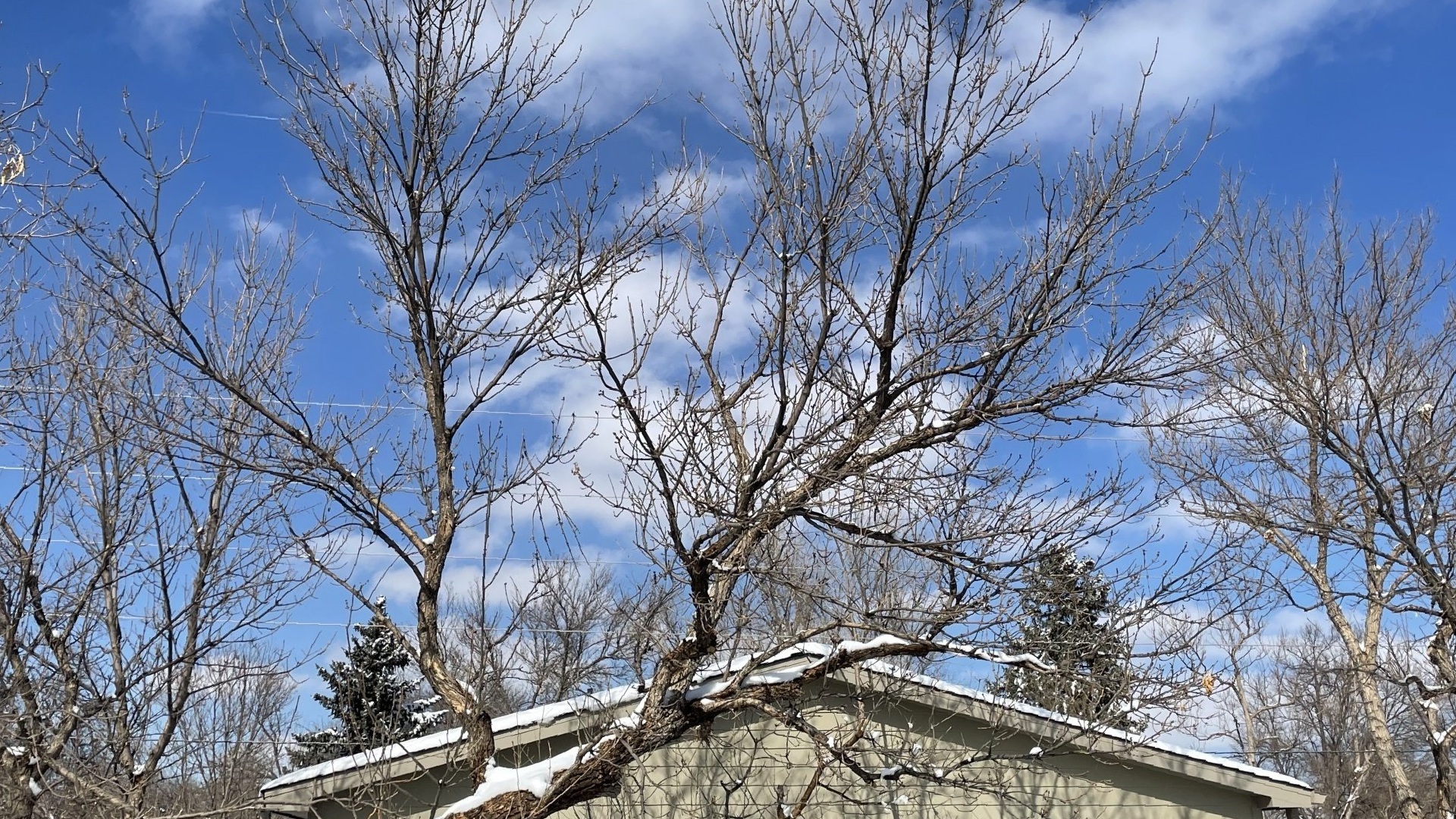By Lucas Capachin - Board Certified Master Arborist
•
04 Mar, 2021
I often hear “winter is the best time to prune trees”. This, like many over generalizations is not always correct. When to prune is often dependent upon the goal you wish to achieve for your trees. We are actually fortunate in Colorado - most trees can be pruned any time of the year. With winter pruning we can see the structure of the tree without it’s leaves. For trees that are weak, pruning in winter helps them retain vigor through the growing season. Preventing storm damage In Colorado one of the major causes of tree issues is from our severe storms. We can have both high winds and heavy, unseasonable snow here. A more structurally sound, recently pruned tree canopy will eliminate weak limbs and decrease the surface area for the snow and wind to act upon. Thereby reducing the forces imparted on the tree and limiting the chance of storm damage. Disease prevention There is one group of trees that is best pruned in winter - species which are susceptible to fire blight. In Colorado there are four main trees that are susceptible, they are mountain ash (Sorbus), apples/crabapples (Malus), hawthorn (Crataegus), and pear (Pyrus). Creating new wounds from pruning during the growing season will increase the chances of it contracting fire blight, so that’s why we try to prune these trees in winter. Here is a link to our article on fire blight. FoothillsArborists.com/Fire-blight Resource allocation In spring trees use a large amount of water and nutrients to create new leaves. Trees grow fastest in early spring, this can be seen by looking at growth rings, the larger lighter colored rings are formed in early spring, the darker skinny sections in the later months of the growing season. Spring is also when new shoots appear and growth occurs. If pruning is done before this flush of growth it means that the tree will push out more new growth on the remaining branches. It will fill out quicker than if it were pruned after the flush of new spring growth. If done later in the season there will be less growth in response to the old cuts. This will decrease the new growth on the tree. Therefore one drawback of winter pruning is that pruning may need to be done again sooner as new spring growth will occur more quickly than with later pruning. If a tree is severely stressed it may be advisable to only prune in late winter to minimize stress and retain it’s resources for new growth in the spring on the remaining branches. Wound compartmentalization Wounds can come from pruning, nature’s forces breaking branches, or pests and disease. Trees do not heal wounds like we do when a cut in our skin is healed with new tissue growth replacing the damaged tissue. They can only seal off the exposed inner wood to prevent damage to nearby healthy tissue. The tree forms barriers to prevent wood-decay fungus from progressing into the heartwood of the tree. If large cuts are needed, for instance to remove a large broken limb, pruning in the winter will give it a head start on closing that wound. Pruning before the growing season will give your tree a head start on covering up the wounds. Although this is one of the main reasons given for winter pruning, it usually will not make a significant difference if pruning is done right - as only small cuts should generally be made and these are much easier for the tree to seal off. When people ask me “When is the best time to prune my trees?” I usually respond by saying “Before they are damaged in a storm”. The extreme weather we get in Colorado is hard on trees, and very few of the trees we plant evolved in this climate. The trees we have brought to Colorado and nurture here are not prepared for the extreme wind or early/late snowstorms when they are leafed out. Our main goal with pruning is to prevent this sort of damage from occurring. In the best case, loss of major branches leaves a less attractive tree. In the worst case, it can lead to the decline and death of the entire tree. Fortunately most trees can be pruned any time of the year, and that is why I rarely recommend delaying pruning. You never know when the next tree damaging storm will hit. There is nothing worse than showing up to prune a tree and seeing that it has been recently damaged by a storm, so it is almost always better to prune as soon as possible.



























